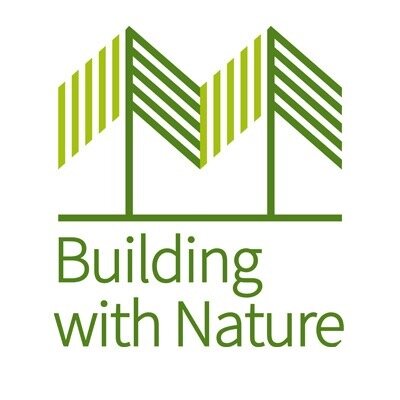Building with Nature -
Raising the standard for Green Infrastructure in development
Gain Director Colette Beckham on becoming an approved assessor for Building with Nature.
‘Gain’ is all about making positive gains for landscape, nature and people. When it comes to built development those gains are to be found in the inclusion of high-quality Green Infrastructure (GI) that has multiple benefits for the community, wildlife and the wider environment.
In my former career as an ecologist and in managing the Cornwall AONB for over a decade, I’ve become very experienced in working with developers at all stages to constructively improve development for landscape and biodiversity. I’ve also had years of experience of saying what’s wrong (and what’s right) with applications, both large and small, and have seen some great and many not-so-great schemes.
I wanted to become a Building with Nature assessor in order to be able to work proactively and collaboratively with the development sector on the inclusion of GI. My experience gives me many different lenses through which to examine green infrastructure in development, e.g. cultural capital, natural capital, landscape character, access and biodiversity which can add value to the process.
Building with Nature is a new accreditation standard for Green Infrastructure that encourages developers to create inspirational places that deliver for people and wildlife. The standard has been developed by practitioners, developers, policy makers and academic experts, bringing together existing best practice and guidance. The framework establishes clear criteria for a development to meet a ‘Good’ or ‘Excellent’ rating. Developments that meet the criteria are then eligible for a national award and recognition. Building with Nature is a not-for-profit arm of Gloucestershire Wildlife Trust and wants to encourage as much uptake of GI principles as possible. As such, the User Guide is therefore freely available from BwN for anyone to use.
The Building with Nature framework has four main pillars. These are
1) Core,
2)Well Being,
3) Water and
4) Wildlife
The ‘Core’ pillar comprises 5 standards and the remaining pillars have 6 standards, supported with clear guidance. A development must meet all 5 Core standards and then 3 standards from each of the Well-being, Water and Wildlife pillars to achieve ‘Good’ standard. Developments that wish to achieve ‘Excellent’ must meet a further 6 criteria, chosen from Well-being, Water and Wildlife. Awards are made post-construction, however there is also a ‘Design’ award for pre-construction.
Here’s an example of a criteria statement
“WILD2: Green infrastructure features ensure linkages between habitats within the boundary of the scheme.”
The role of the assessor can be twofold. They can be engaged post-design or post-construction and make a straightforward, evidence-based, assessment of the scheme against the benchmark. They will then submit their assessment to Building with Nature for audit and agreement. However, there is a major advantage in engaging the assessor at an earlier phase and enabling them to advise and input into the masterplan and/ or design. The assessor can work with the design team, bringing innovation and creativity to the thinking on the inclusion of Green Infrastructure, using their knowledge of the standards and grasp of wider GI principles. Working this way can ensure that all the potential opportunities for including green infrastructure are considered. This can result in a higher quality scheme that achieves more for nature and sustainable communities, creating highly sought-after developments where people really want to live.
I hope to explore aspects of GI in more detail in future articles. If you’re interested in taking a scheme through the Building with Nature accreditation, the first step is to get in touch with Building with Nature who will discuss your requirements and match you up with a local assessor.




